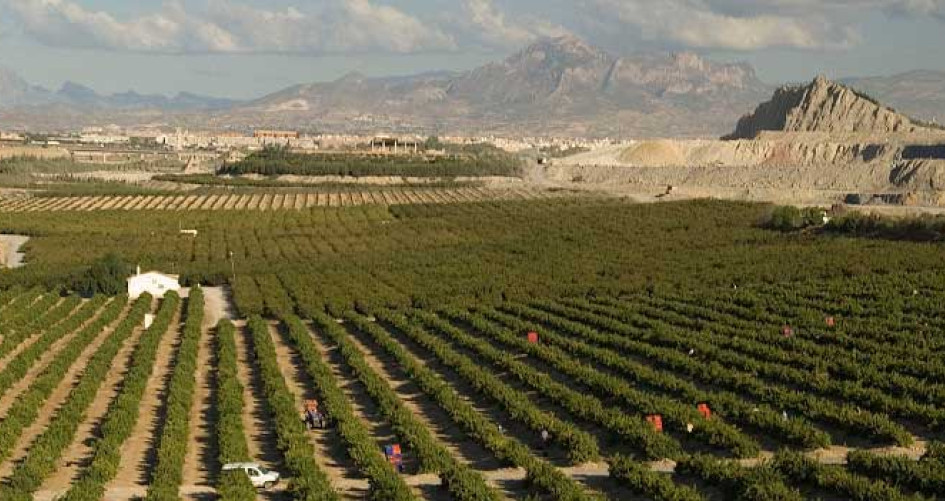|
Website: Cement Sustainability Initiative |
WBCSD and its member companies have identified cement as a key area for collective action on climate.
The Low Carbon Technology Partnerships initiative (LCTPi), led by WBCSD with the Sustainable Development Solutions Network (SDSN) and the International Energy Agency (IEA), seeks to catalyze action to accelerate low-carbon technology development and scale up deployment with the aim of limiting global warming to below 2°C, through several programs and focuses.
Cement production accounts for approximately 5% of CO2 man-made emissions across the world, and this means the cement industry has an important role to play in reducing its emissions intensity.
Cement is the “glue” in concrete, an essential building material used across the world in buildings and infrastructure. Concrete is the second most used element on Earth after water. Demand for cement is forecast to grow significantly, driven by ongoing building requirements as well as increasing infrastructure needs in developing countries.
In the lead-up to COP21, the Cement work program will be developed under the leadership of the Cement Sustainability Initiative (CSI), one of the flagship projects of WBCSD, within the context of the Low Carbon Technology Partnerships initiative (LCTPi) with a view to cover the full cement sector contribution by:
- Scaling up the implementation of low-carbon technologies to reduce CO2 emissions from cement production; based on the CSI (WBCSD’s Cement Sustainability Initiative) and IEA (International Energy Agency) cement technology roadmaps, it will highlight the various technical levers, as well as the various stakeholders to involve in order to remove the identified economic, financial and regulatory barriers. It will more particularly focus on local implementations in India, Brazil and Egypt, where country-specific roadmaps are being developed;
- Developing comparable energy efficiency projects and building synergies in other regions such as the Middle East, Latin America, China and Russia, where the cement market is developing considerably. A particular focus in China, accounting for more than 50% of the worldwide cement production) will be the priority;
- Promoting collaboration opportunities and developing partnerships with other sectors whose waste could constitute feedstock for alternative fuels and raw materials for the cement sector;
- Identifying regulatory or financial enablers for the effective implementation of low-carbon technology.
Photo credit: WBCSD
